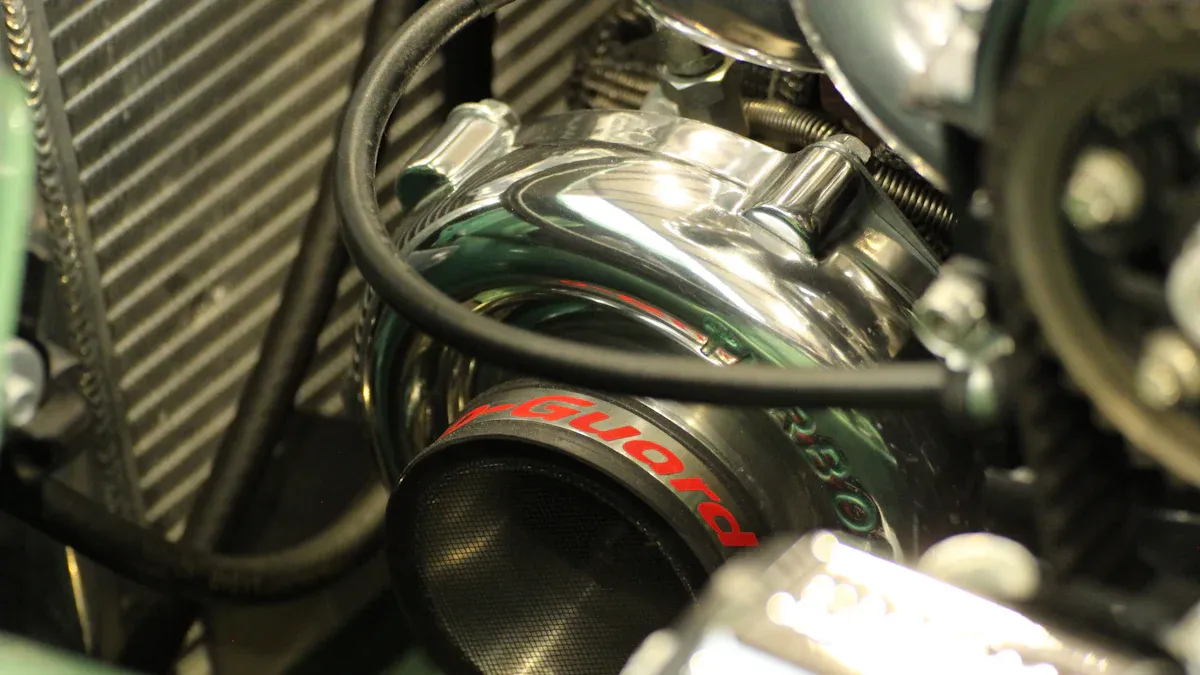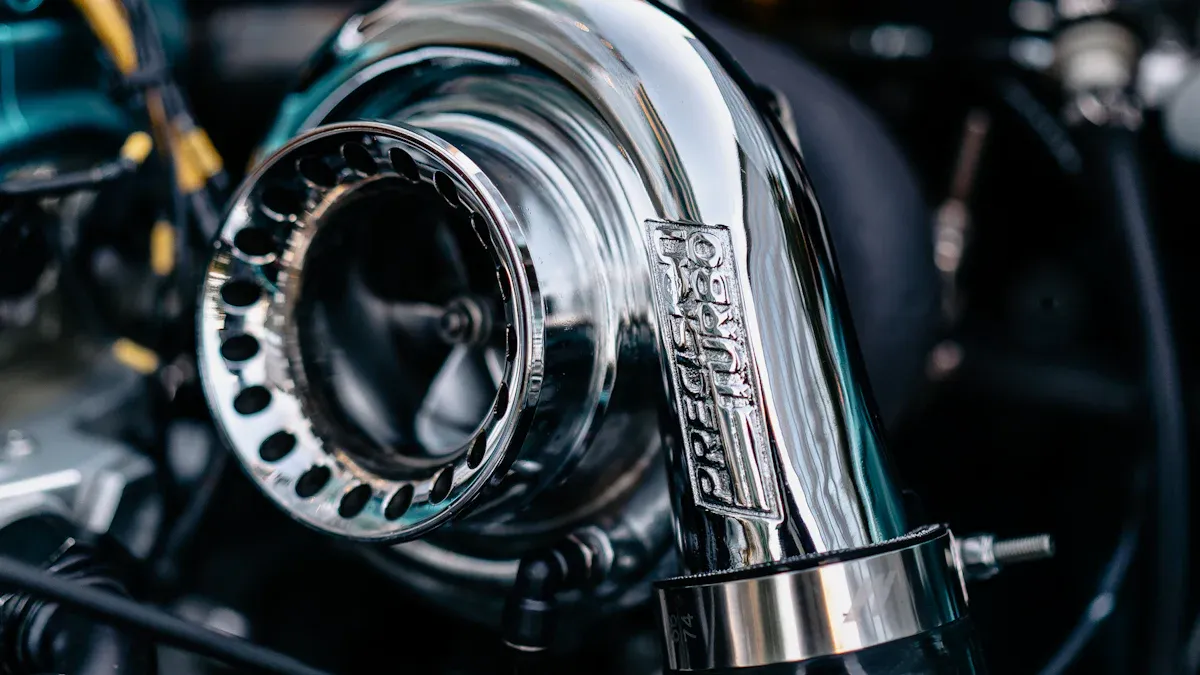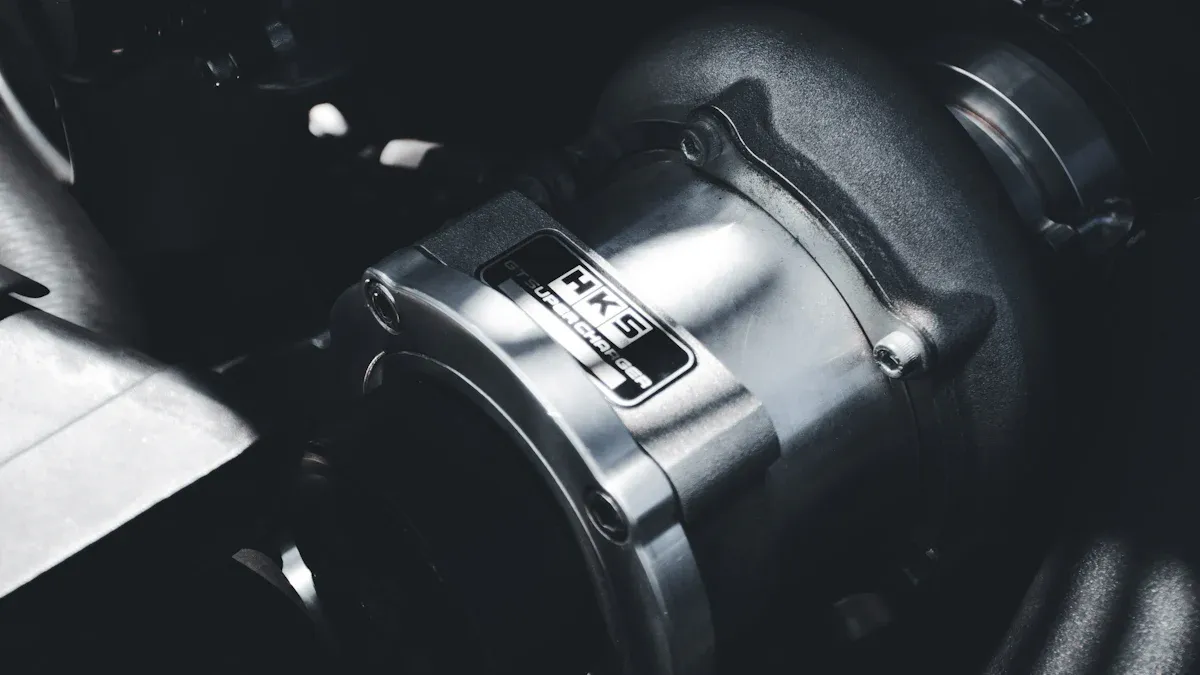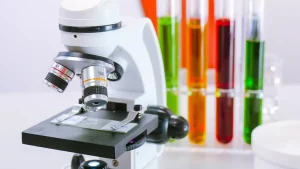
Automotive OEMs have embraced CVD-coated turbocharger components for good reasons. These components improve engine efficiency by enhancing heat resistance and airflow. With advanced materials like sic coating and TaC coating, they withstand extreme conditions. You’ll also notice significant emission reductions, helping vehicles meet strict environmental standards. Their durability makes them a cost-effective choice for long-term performance.
Key Takeaways
- CVD-coated turbo parts make engines work better by handling heat and air more efficiently.
- They save money over time by needing less fixing and lasting longer, which makes them a good choice.
- CVD coatings are tougher than regular ones, working well even in tough conditions.
What Are CVD-Coated Turbocharger Components?

Defining CVD Coatings
CVD, or Chemical Vapor Deposition, is a process used to create thin, durable coatings on various materials. During this process, a chemical reaction occurs in a controlled environment, depositing a solid material onto a surface. This method ensures the coating bonds tightly to the base material, creating a smooth and uniform layer. These coatings often consist of advanced materials like silicon carbide (SiC) or tantalum carbide (TaC), which provide exceptional heat resistance and strength.
Applications in Turbocharger Components
Turbochargers operate under extreme conditions, including high temperatures and intense pressure. CVD-coated components, such as turbine blades and housings, are designed to withstand these challenges. The coating protects the parts from wear, corrosion, and thermal damage. You’ll find these components in both gasoline and diesel engines, where they enhance performance and reliability. By using CVD-coated parts, manufacturers can ensure turbochargers last longer and perform more efficiently.
Key Benefits of CVD Coatings
CVD-coated turbocharger components offer several advantages. First, they improve heat resistance, allowing the turbocharger to function effectively at higher temperatures. Second, they reduce friction, which enhances airflow and boosts engine efficiency. Third, the coatings protect against corrosion, extending the lifespan of the components. These benefits make CVD-coated parts a smart choice for modern automotive applications, helping you achieve better performance and lower maintenance costs.
Why Automotive OEMs Prefer CVD-Coated Components
Enhanced Turbocharger Performance
Turbochargers play a critical role in improving engine efficiency. When you use CVD-coated components, you unlock the full potential of your turbocharger. These coatings reduce friction, allowing the turbine to spin more freely. This results in better airflow and faster response times. The improved heat resistance of CVD-coated parts also ensures that the turbocharger performs consistently, even under extreme conditions. You’ll notice smoother acceleration and enhanced engine power, making your vehicle more responsive and enjoyable to drive.
Another advantage is the ability to maintain performance over time. Traditional materials may degrade when exposed to high temperatures and pressure. CVD-coated components, however, retain their properties, ensuring your turbocharger operates at peak efficiency for longer periods. This makes them an excellent choice for both high-performance vehicles and everyday cars.
Improved Durability and Longevity
Durability is a key factor when selecting turbocharger components. CVD-coated parts excel in this area by offering superior resistance to wear and tear. The coating acts as a protective barrier, shielding the underlying material from damage caused by heat, corrosion, and mechanical stress. This means your turbocharger components will last longer, reducing the need for frequent replacements.
You’ll also benefit from the ability of CVD-coated components to withstand harsh operating environments. Whether it’s extreme heat in a high-performance engine or prolonged exposure to corrosive substances, these parts maintain their integrity. This durability translates to fewer breakdowns and less downtime, ensuring your vehicle remains reliable over the long term.
Cost-Effectiveness and Long-Term Savings
While the initial cost of CVD-coated components may be higher than traditional alternatives, the long-term savings are undeniable. By choosing these parts, you reduce the frequency of repairs and replacements. This lowers your overall maintenance costs. Additionally, the improved efficiency of CVD-coated turbochargers can lead to better fuel economy, saving you money at the pump.
Another way these components save you money is by extending the lifespan of your engine. When turbocharger components perform efficiently and resist damage, they place less strain on the engine. This reduces the likelihood of costly engine repairs. Over time, the investment in CVD-coated parts pays off, making them a smart financial choice for both manufacturers and vehicle owners.
Tip: Investing in CVD-coated turbocharger components not only enhances performance but also provides long-term value. It’s a decision that benefits both your wallet and your vehicle.
Comparing CVD Coatings to Traditional Alternatives

CVD Coatings vs. PVD Coatings
When comparing CVD (Chemical Vapor Deposition) and PVD (Physical Vapor Deposition) coatings, you’ll notice key differences in their processes and performance. PVD coatings are applied by physically vaporizing a material and depositing it onto a surface. This method works well for thin, decorative coatings but struggles under extreme conditions.
CVD coatings, on the other hand, rely on a chemical reaction to create a strong bond with the base material. This process results in a thicker, more uniform layer that can withstand higher temperatures and harsher environments. For turbocharger components, this durability is essential.
Here’s a quick comparison:
| Feature | CVD Coatings | PVD Coatings |
|---|---|---|
| Application Process | Chemical reaction in a controlled environment | Physical vaporization of material |
| Coating Thickness | Thicker and more uniform | Thinner and less consistent |
| Heat Resistance | Excellent | Moderate |
| Durability | High | Lower |
Note: If you need components that can handle extreme heat and pressure, CVD coatings outperform PVD coatings every time.
CVD Coatings vs. Thermal Spray Coatings
Thermal spray coatings involve spraying molten or semi-molten materials onto a surface. This method creates a protective layer but often lacks the precision and bonding strength of CVD coatings. You might find thermal spray coatings useful for large, less complex parts, but they fall short for intricate turbocharger components.
CVD coatings excel in creating a smooth, uniform layer that adheres tightly to the base material. This strong bond ensures better resistance to wear, corrosion, and thermal stress. Thermal spray coatings, by contrast, can develop porosity, which weakens their protective capabilities over time.
Key differences include:
- Bonding Strength: CVD coatings chemically bond to the surface, while thermal spray coatings rely on mechanical adhesion.
- Surface Quality: CVD coatings provide a smoother finish, reducing friction and improving performance.
- Durability: Thermal spray coatings may degrade faster in high-temperature environments.
Tip: For turbochargers, where precision and durability are critical, CVD coatings offer a clear advantage over thermal spray coatings.
Why CVD Coatings Are the Superior Choice
CVD coatings stand out because they combine strength, precision, and versatility. Unlike PVD and thermal spray coatings, they create a seamless, durable layer that performs well under extreme conditions. This makes them ideal for turbocharger components, which face constant heat, pressure, and wear.
You’ll also appreciate the long-term benefits of CVD coatings. Their superior durability reduces maintenance costs and extends the lifespan of your components. Additionally, their ability to enhance engine efficiency can lead to better fuel economy and lower emissions.
Emoji Highlight: 🚗💨 CVD coatings drive performance, durability, and savings—making them the ultimate choice for modern turbocharger components.
Automotive OEMs are turning to CVD-coated turbocharger components for their superior performance and durability. These parts help you achieve better efficiency and reliability while supporting sustainability goals. As the automotive industry evolves, you can expect the adoption of CVD-coated components to grow, ensuring vehicles meet modern standards for performance and emissions.
FAQ
What makes CVD coatings better for turbochargers than other coatings?
CVD coatings bond chemically, creating a durable, uniform layer. This ensures better heat resistance, wear protection, and performance compared to PVD or thermal spray coatings.
Are CVD-coated turbocharger components suitable for all vehicles?
Yes, CVD-coated components work well in both gasoline and diesel engines. They enhance performance, durability, and efficiency, making them ideal for high-performance and everyday vehicles.
Do CVD-coated components require special maintenance?
No, CVD-coated parts require no special maintenance. Their durability reduces wear and tear, lowering the need for frequent repairs or replacements.
Tip: Regular engine maintenance ensures your CVD-coated turbocharger components perform at their best.






